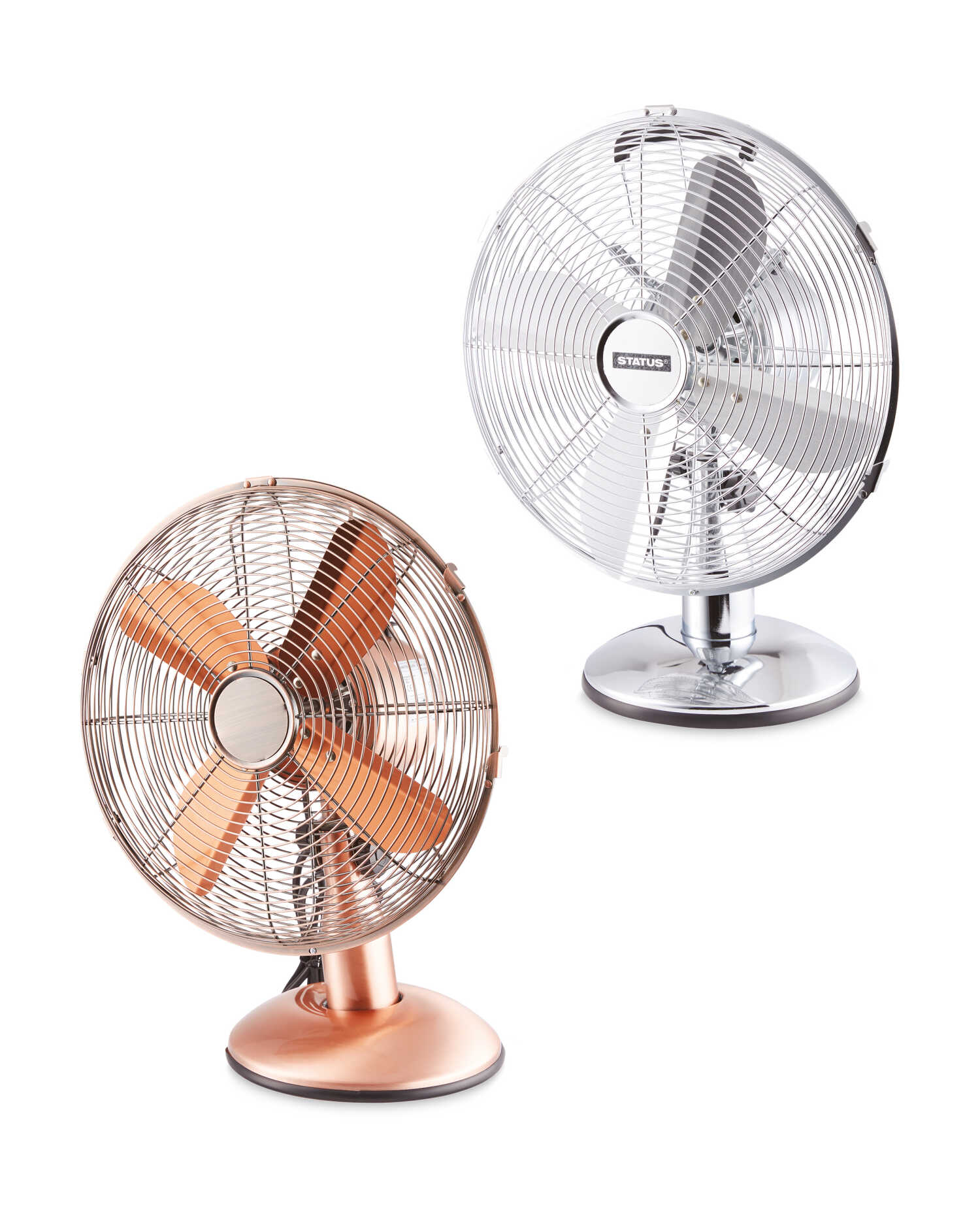This is a small pantry about 2x2m, it is old solid brick prone to condensation and damp and mould which was not good for food storage.
We had the walls stripped back, treated with damp-proof render inside and then an insulated stud wall built and skimmed. All great and condensation issues resolved.
BUT then it turned out the roof was leaky, in a major storm we got water actually running down the inside of the brickwork in this corner. Had the whole roof replaced but this one corner remains wet 3 months on (everything else is fine).

The photo makes it look worse, from using a moisture meter its the circled bit which is actually damp the rest is just not properly painted yet. It's not much bigger than the palm of your hand but constantly damp and mouldy - this corner is where the water was running down.
I wanted to use stain-block and then paint on top but I'm pretty sure the area needs to be dry first and wet plaster likes to stay wet. Is there anything I can do or am I going to have to cut this section out and redo it? It's a hidden corner in a pantry so it doesn't have to be perfect it'll just bother me having black mould constantly.
Thanks.
We had the walls stripped back, treated with damp-proof render inside and then an insulated stud wall built and skimmed. All great and condensation issues resolved.
BUT then it turned out the roof was leaky, in a major storm we got water actually running down the inside of the brickwork in this corner. Had the whole roof replaced but this one corner remains wet 3 months on (everything else is fine).
The photo makes it look worse, from using a moisture meter its the circled bit which is actually damp the rest is just not properly painted yet. It's not much bigger than the palm of your hand but constantly damp and mouldy - this corner is where the water was running down.
I wanted to use stain-block and then paint on top but I'm pretty sure the area needs to be dry first and wet plaster likes to stay wet. Is there anything I can do or am I going to have to cut this section out and redo it? It's a hidden corner in a pantry so it doesn't have to be perfect it'll just bother me having black mould constantly.
Thanks.
Last edited:


